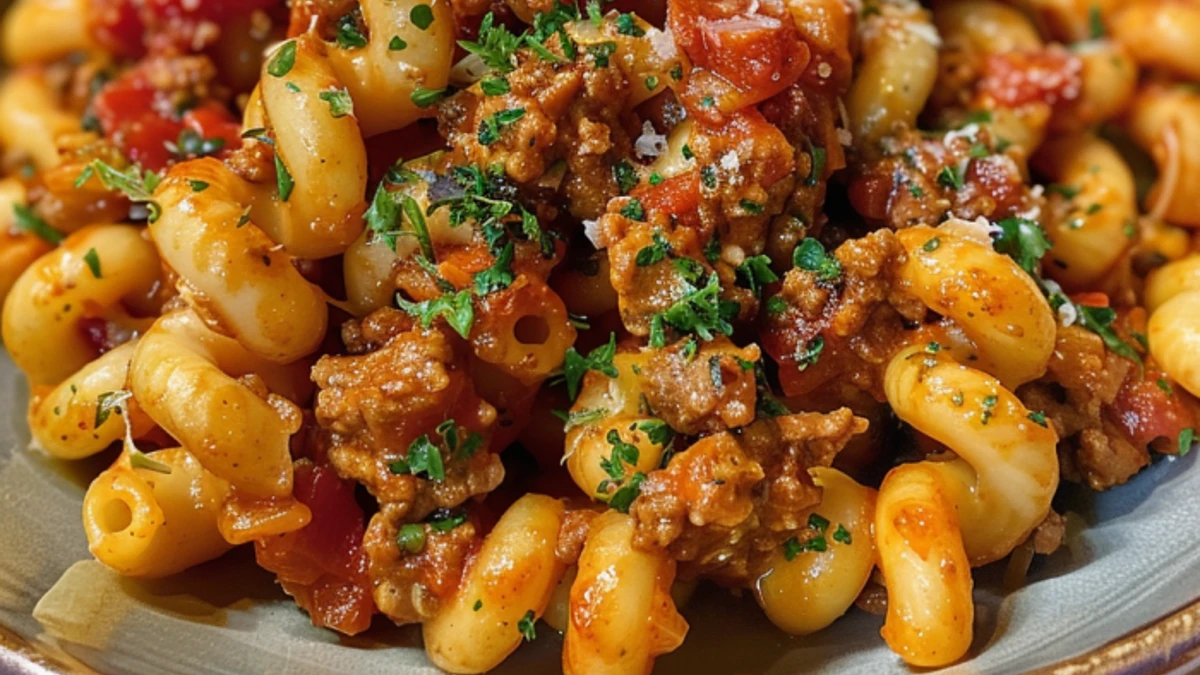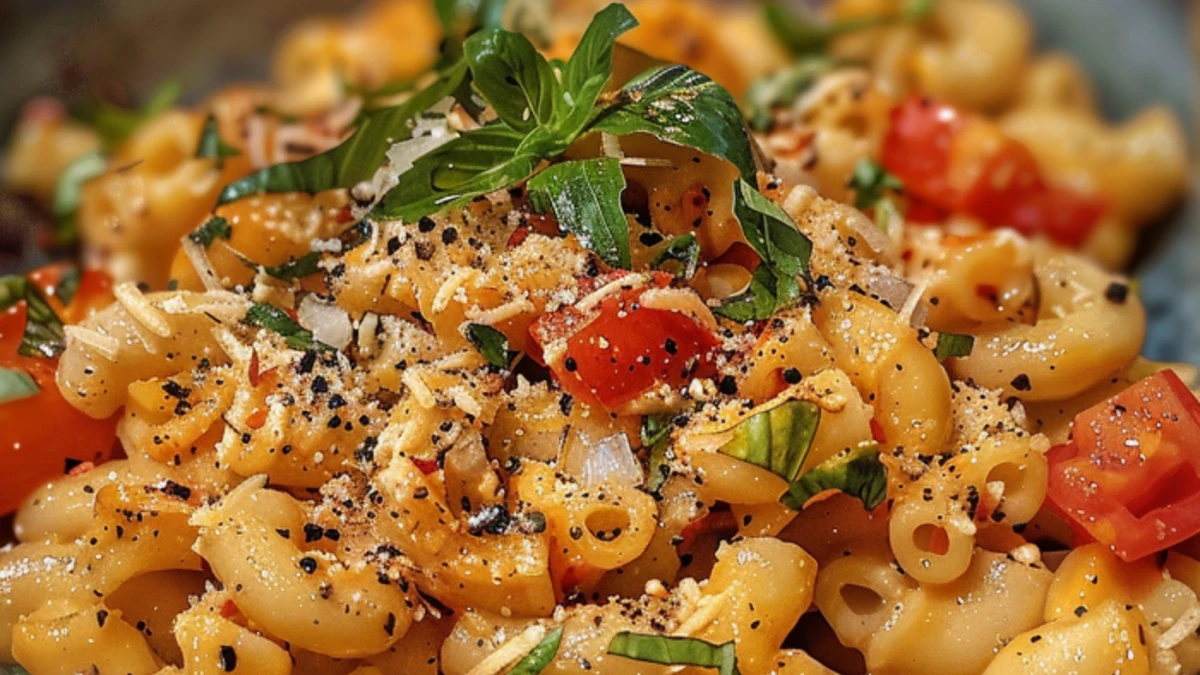Pasta, a staple in Italian cuisine, has captivated the palates of food enthusiasts worldwide. It’s not just the sauce or the seasoning; it’s the pasta itself that can make or break a dish. From its various shapes to the myriad ways it can be prepared, pasta offers endless culinary possibilities. In this article, we’ll delve into the fascinating world of pasta, answering questions like what are 10 types of pasta?, what are 20 different types of pasta?, what are the 25 common pasta shapes?, and are there 600 types of pasta? Let’s embark on this delicious journey!
What are 10 Types of Pasta?
Italy’s culinary repertoire boasts numerous pasta varieties, each with its unique texture and form. Here are ten popular types of pasta:
- Spaghetti: Perhaps the most iconic, spaghetti are long, thin strands of pasta perfect for rich tomato or creamy Alfredo sauces.
- Penne: Cylindrical and tube-like, penne can be either smooth (lisce) or ridged (rigate). They’re ideal for holding onto chunky sauces.
- Fusilli: Spiral-shaped pasta that works well with both light and heavy sauces, fusilli is perfect for pasta salads.
- Ravioli: These are small pasta pillows filled with various ingredients like cheese, meat, or vegetables, typically served with a simple sauce or in broth.
- Linguine: Similar to spaghetti but flatter, linguine pairs beautifully with seafood dishes, especially those with clams.
- Farfalle: Known as bow-tie pasta, farfalle’s fun shape makes it a favorite in both salads and baked dishes.
- Macaroni: Elbow-shaped and versatile, macaroni is the star of the beloved mac and cheese.
- Rigatoni: Large, ridged tubes of pasta, rigatoni are perfect for chunky sauces and baked pasta dishes.
- Orzo: Small, rice-shaped pasta that is often used in soups, salads, or as a side dish.
- Cannelloni: Large tubes usually filled with meat or cheese and baked with tomato sauce and béchamel.

What are 20 Different Types of Pasta?
Beyond the basics, there are many more pasta types to explore:
- Tagliatelle: Long, flat ribbons that are perfect for rich, meaty sauces like Bolognese.
- Orecchiette: Meaning “little ears,” these cup-shaped pastas are great for trapping chunky vegetables and sausage.
- Cavatappi: Corkscrew-shaped pasta that is excellent for holding onto thick sauces.
- Bucatini: Similar to spaghetti but with a hole running through the center, bucatini is great for lighter, oil-based sauces.
- Capellini: Also known as angel hair, this very thin pasta pairs well with delicate, light sauces.
- Pappardelle: Very broad ribbons of pasta, often served with hearty, robust sauces like ragu.
- Tortellini: Ring-shaped pasta stuffed with cheese, meat, or vegetables, usually served in broth or with a light sauce.
- Gemelli: Twisted pasta that works wonderfully in salads and light sauces.
- Conchiglie: Shell-shaped pasta that comes in various sizes and is great for stuffing or serving with chunky sauces.
- Rotini: Spiral pasta similar to fusilli, perfect for holding onto thick, creamy sauces.
- Ziti: Tubular pasta often baked in casseroles.
- Manicotti: Large tubes meant for stuffing and baking.
- Ditalini: Small, short tubes often used in soups.
- Campanelle: Bell-shaped pasta that holds sauces well.
- Fettuccine: Long, flat ribbons similar to tagliatelle, but slightly thicker.
- Lasagna: Wide, flat sheets used in layered baked dishes.
- Paccheri: Large tubes often stuffed or served with rich sauces.
- Vermicelli: Thinner than spaghetti but thicker than capellini, used in various dishes.
- Soba: Buckwheat noodles commonly used in Japanese cuisine but occasionally in Italian fusion dishes.
- Trofie: Short, twisted pasta traditionally served with pesto.
What are the 25 Common Pasta Shapes?
Pasta shapes are as diverse as the sauces they accompany. Here are 25 common shapes you might encounter:
- Spaghetti
- Penne
- Fusilli
- Ravioli
- Linguine
- Farfalle
- Macaroni
- Rigatoni
- Orzo
- Cannelloni
- Tagliatelle
- Orecchiette
- Cavatappi
- Bucatini
- Capellini
- Pappardelle
- Tortellini
- Gemelli
- Conchiglie
- Rotini
- Ziti
- Manicotti
- Ditalini
- Campanelle
- Fettuccine
Are There 600 Types of Pasta?
The notion that there are 600 types of pasta is not far-fetched. In fact, there are probably even more. Each region in Italy has its own unique pasta shapes, often tied to local traditions and specific dishes. For instance, Sardinia boasts malloreddus, while Liguria is famous for corzetti. Additionally, many pasta types have variations based on size or slight differences in shape.
Pasta shapes can also be customized for special occasions or specific dishes, further increasing the count. The vast array of pasta forms is a testament to Italy’s rich culinary heritage and the versatility of pasta itself. Whether it’s a traditional type or a modern creation, each pasta shape serves a unique purpose in the culinary world.

Regional Specialties and Unique Pasta Shapes
Exploring regional pasta specialties reveals a treasure trove of unique shapes and culinary traditions. Each region of Italy takes pride in its distinctive pasta, often reflecting the local ingredients and cultural influences. Here are a few notable regional specialties:
Northern Italy
- Pizzoccheri: This buckwheat pasta from Lombardy is typically served with potatoes, cabbage, and plenty of cheese.
- Tajarin: A thinner, egg-rich variant of tagliatelle from Piedmont, usually served with rich meat sauces or truffles.
- Tortelli di Zucca: Pumpkin-filled pasta from the Lombardy and Emilia-Romagna regions, often served with sage butter.
Central Italy
- Strozzapreti: Meaning “priest chokers,” these twisted pasta shapes from Emilia-Romagna and Tuscany are perfect with hearty sauces.
- Pici: Thick, hand-rolled pasta from Tuscany, often paired with simple garlic and tomato sauces or ragù.
- Tonnarelli: Similar to spaghetti but square in cross-section, popular in Roman cuisine with cacio e pepe or carbonara.
Southern Italy
- Orecchiette: A staple of Apulian cuisine, these “little ears” are best known for being paired with broccoli rabe and sausage.
- Cavatelli: Small, shell-like pasta from Molise and Basilicata, often served with hearty tomato-based sauces.
- Busiate: A corkscrew-shaped pasta from Sicily, traditionally served with Pesto alla Trapanese.
Islands and Coastal Regions
- Malloreddus: Also known as Sardinian gnocchi, these small ridged pasta pieces are often flavored with saffron and served with sausage and tomato sauce.
- Fregola: Tiny, toasted pasta balls from Sardinia, typically used in soups and seafood dishes.
- Bigoli: Thick, spaghetti-like pasta from Veneto, often paired with duck ragù.
Beyond Italy: Pasta Around the World
Pasta’s influence extends far beyond Italy’s borders. Many countries have adopted and adapted pasta into their cuisines, creating unique dishes and pasta types:
Asia
- Ramen: Japanese wheat noodles served in a variety of broths, from soy sauce-based to rich, creamy tonkotsu.
- Udon: Thick, chewy noodles often served in hot soups or stir-fried in Japanese cuisine.
- Rice Noodles: Widely used in Southeast Asian dishes, these noodles can be thin like vermicelli or wide like pho noodles.
Middle East
- Kishk: Fermented wheat and yogurt pasta often used in soups and stews in Lebanon and surrounding areas.
- Reshteh: Long noodles used in Persian cuisine, especially in ash reshteh, a thick soup.
Latin America
- Fideo: Short, thin noodles used in Mexican soups and pasta dishes, often toasted before cooking.
- Pastelón de Fideo: A Puerto Rican baked pasta dish layered with noodles, ground meat, and cheese, similar to lasagna.
The Evolution of Pasta: Modern Innovations
The world of pasta continues to evolve, with chefs and home cooks alike experimenting with new ingredients and shapes. Gluten-free and alternative grain pastas, such as those made from quinoa, chickpeas, or lentils, have gained popularity. These modern variations cater to dietary restrictions and preferences while offering new textures and flavors.

Trendy Pasta Shapes
- Mafaldine: Ribbon-like pasta with ruffled edges, named after Princess Mafalda of Savoy.
- Radiatori: Radiator-shaped pasta designed to hold onto thick sauces.
- Casarecce: Short twists of pasta that are perfect for chunky sauces.
Health-Conscious Options
- Zoodles: Spiralized zucchini used as a low-carb alternative to traditional pasta.
- Shirataki Noodles: Made from the konjac yam, these noodles are low-calorie and popular in Asian-inspired dishes.
- Chickpea Pasta: High in protein and fiber, chickpea pasta is a nutritious alternative to wheat-based pasta.
The Endless Possibilities of Pasta
From traditional Italian classics to innovative modern creations, pasta remains one of the most versatile and beloved foods globally. Whether you’re a fan of classic spaghetti and meatballs, a hearty lasagna, or a trendy zucchini noodle dish, there’s a type of pasta to suit every taste and dietary need.

